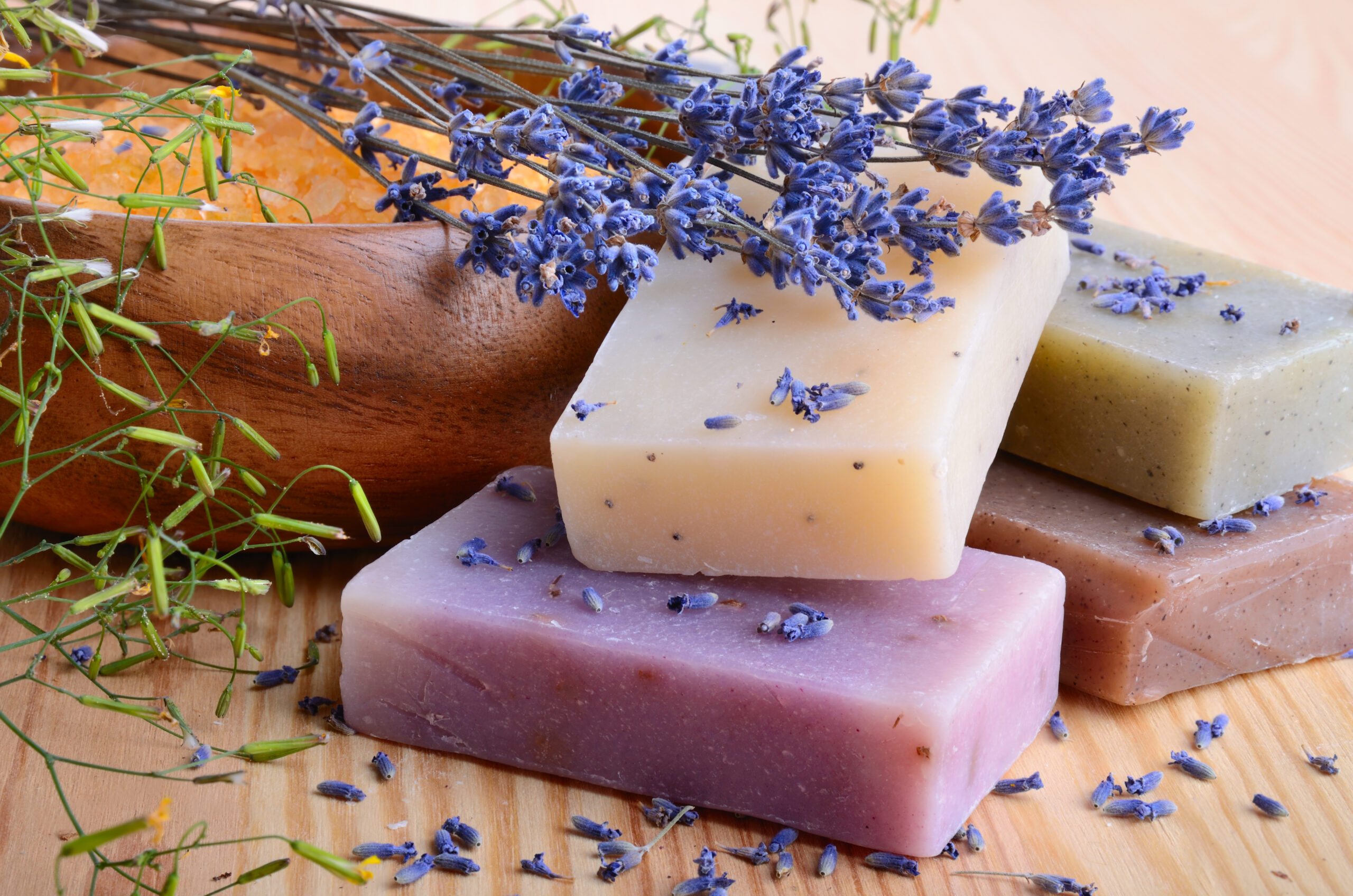The medical community has long suggested that a healthy diet can go a long way in helping diabetic control their blood sugar levels. In spite of that, many people with diabetes still struggle to maintain a healthy diet. That’s where multigrain flour comes in.
What is Multigrain Flour?
Multigrain flour is made from a variety of grains, including wheat, rye, oats, and barley. The flour is rich in fiber and nutrients, and has a lower glycemic index than white flour.
Multigrain flour can be used in place of white flour in many recipes. It can be used to make breads, pastas, pancakes, and cookies. When baking with multigrain flour, you may need to add more liquid to the recipe.
Is Multigrain Flour Good For Diabetes?
There’s no definitive answer to this question since there isn’t enough scientific evidence to say for certain one way or the other. Some experts believe that multigrain flour could potentially be beneficial for people with diabetes because it contains more fiber than white flour, and fiber can help regulate blood sugar levels. Additionally, multigrain flour is usually made from whole grains which contain important vitamins, minerals, and antioxidants that are essential for good health. However, other experts believe that multigrain flour isn’t necessarily any healthier than white flour and carbs are carbs – whether they come from white flour or multigrain flour, they’ll still raise blood sugar levels. So ultimately, it’s up to you to decide whether or not you want to use multigrain flour in your cooking and baking. If you have diabetes, it’s always a good idea to speak with your doctor or registered dietitian before making any major changes to your diet.

Foods To Add to Multigrain Flour
There are many types of multigrain flour available on the market, and each one has a different nutrient profile. When choosing a multigrain flour for diabetes, it is important to select one that contains a mix of whole grains, including oats, barley, rye, wheat, and corn.
While all of these grains have health benefits, some have more fiber than others. For example, oats are a good source of soluble fiber, which can help lower cholesterol and regulate blood sugar levels. Wheat and rye contain more insoluble fiber, which is beneficial for promoting regularity and preventing constipation. Barley has both soluble and insoluble fibers, making it a good all-around choice for multigrain flour.
When selecting a multigrain flour for diabetes, be sure to check the label to ensure that the product is made with 100% whole grains. Also look for flours that are low in sodium and sugar.
Conclusion: Is Multigrain Flour Good For Diabetes Or Not?
If you have diabetes, you may be wondering if multigrain flour is a good choice for you. While there is no one-size-fits-all answer to this question, there are some things to consider that can help you make the best decision for your individual needs.
Multigrain flour is made from a variety of different grains, including wheat, rye, oats, and barley. This means that it contains more fiber than white or refined flours. Fiber is an important nutrient for people with diabetes because it helps to slow down the absorption of sugar in the bloodstream and can also help to lower cholesterol levels.
Another benefit of multigrain flour is that it typically has a lower glycemic index than other types of flour. The glycemic index is a measure of how quickly blood sugar levels rise after eating a food. Foods with a high glycemic index tend to cause bigger spikes in blood sugar levels, while those with a low glycemic index don’t cause such dramatic spikes. This is important for people with diabetes because spikes in blood sugar can lead to health problems over time.
So, should you switch to multigrain flour if you have diabetes? Ultimately, this decision should be made by you and your doctor or dietitian. They will be able to take into account your individual health needs and dietary preferences when making recommendations about which types of flour are best for you.









